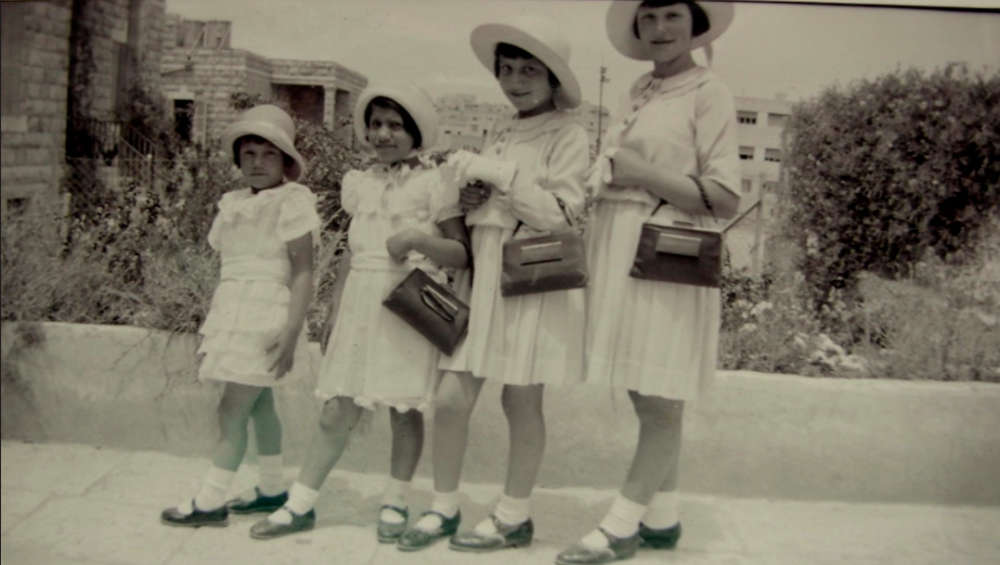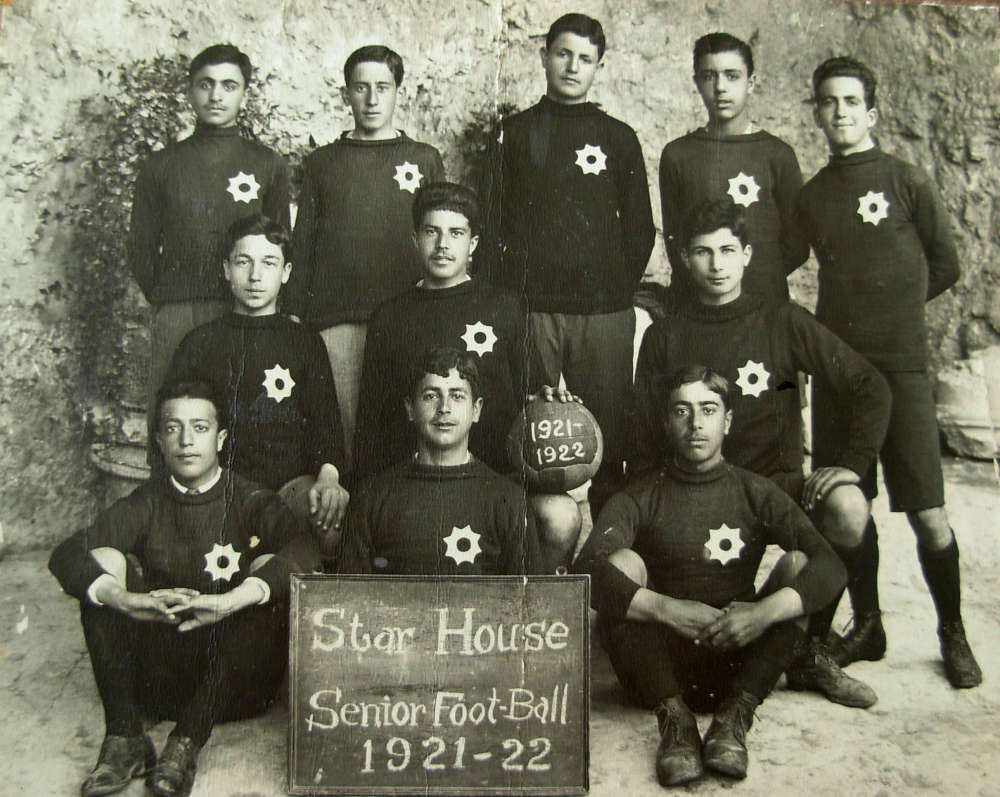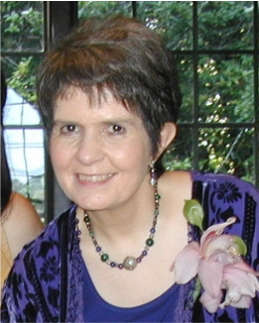Every time I visit a Palestinian home, I ask, “Were you able to salvage your family photo albums in 1948?” People’s faces light up, and they quickly run to a drawer, or a closet, and fish out a leather-bound album, a shoebox, or an envelope containing tattered sepia photos of their lives in Palestine – photos of their wedding, their young children, their graduation, athletic events, and home. Some are studio portraits, while others are photographs taken by members of the family – capturing spontaneous moments of their lives.
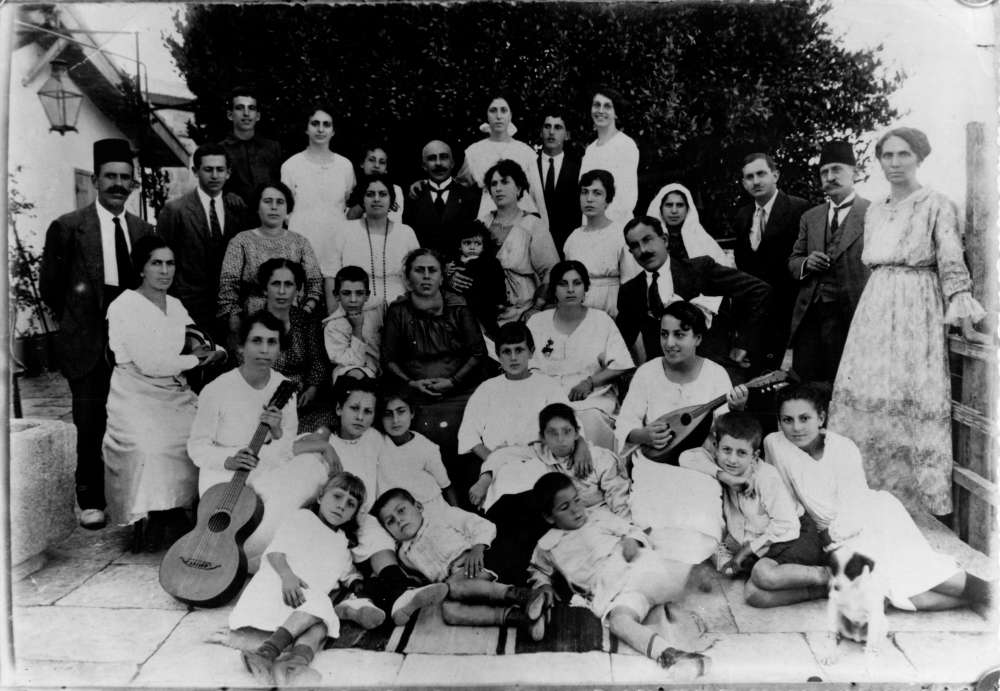
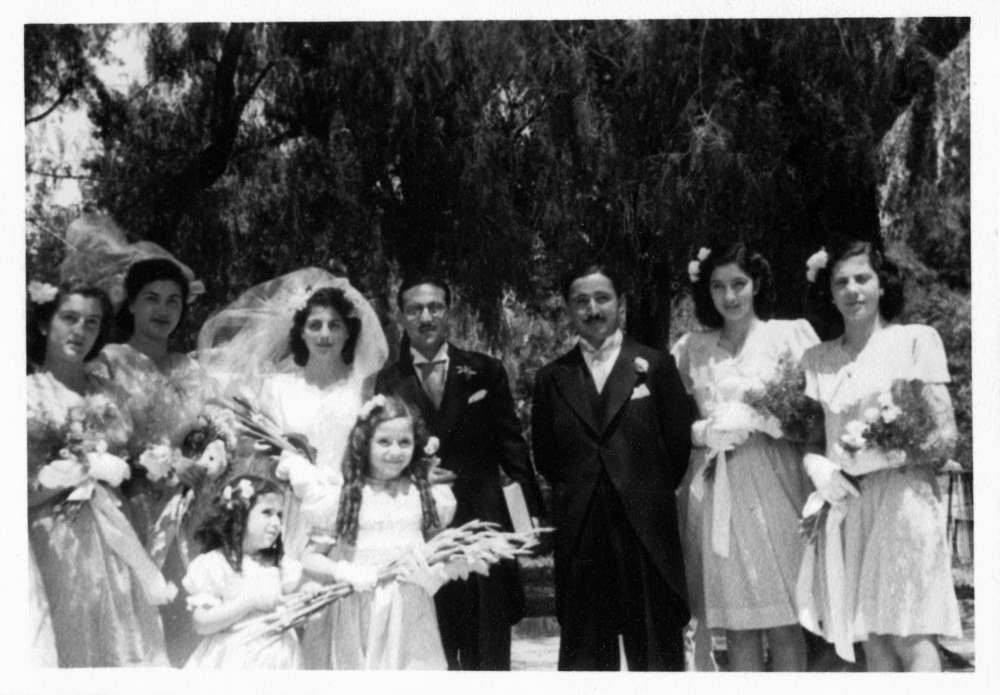
I am always a little nervous when I ask my next question. “May I scan them and share them online?” As a curator of an online photo archive, I want to share photos of Jerusalemites but don’t want to seem forward and come across as invading their privacy by sharing their private moments with strangers online. But my concern is quickly alleviated when their answer is always an unequivocal, “Yes!”
What makes Palestinians different from other people in the world is that they yearn for their stories to be told, because these stories are not often reflected in the news. And if they are in the news, they do not showcase their heritage or rich society.
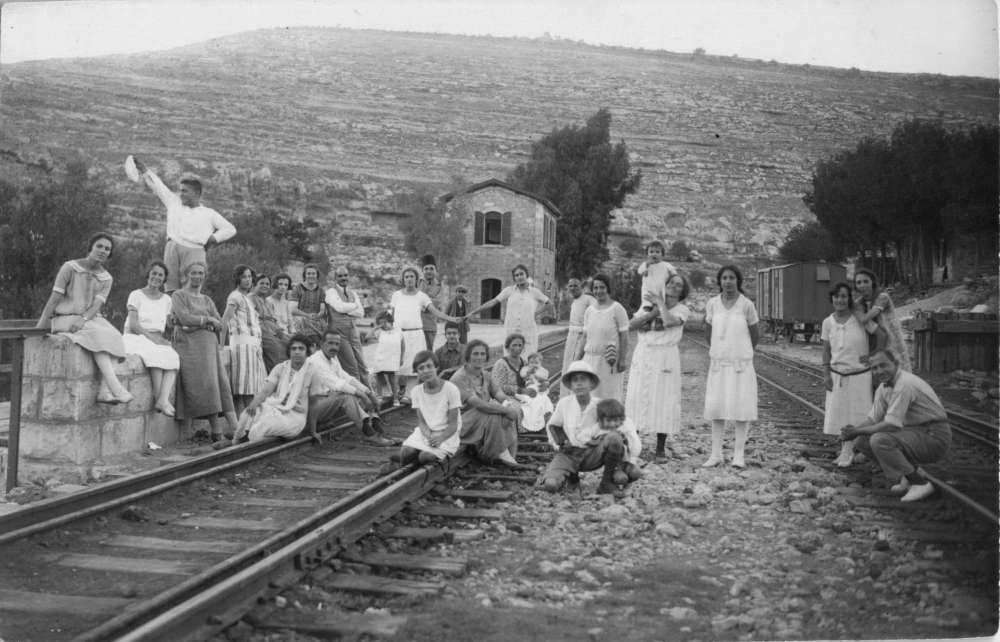
Because I focus on Jerusalem and its residents in my photo archive, it is important to reveal to the world that Palestinians lived, studied, worked, and married in their hometown, that they existed and had a strong presence in Jerusalem.
For most Palestinians who lost their homes in 1948, family photos are the only relics of the lives they led in Palestine, the only tangible proof that chronicles their stories and the way of life that shaped them before the Nakba.
What I most enjoy is sitting down with the owners of the albums and hearing them annotate the photos. This moment is first-person history, not the history you read in a textbook. History books will list the big events that have shaped the world, but these photographs fill the spaces between them. They’re the untold stories that would have fallen between the cracks had it not been for the photographers who captured them and the memories of their owners.
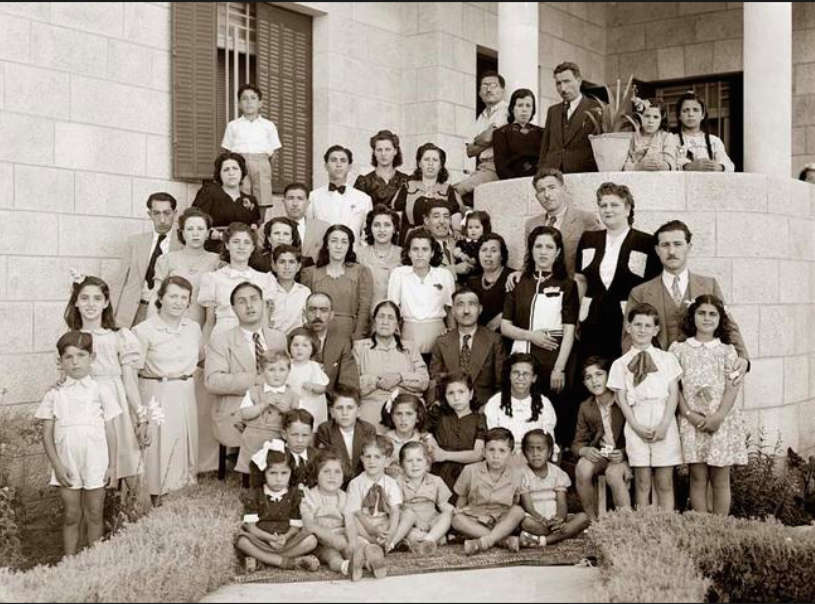
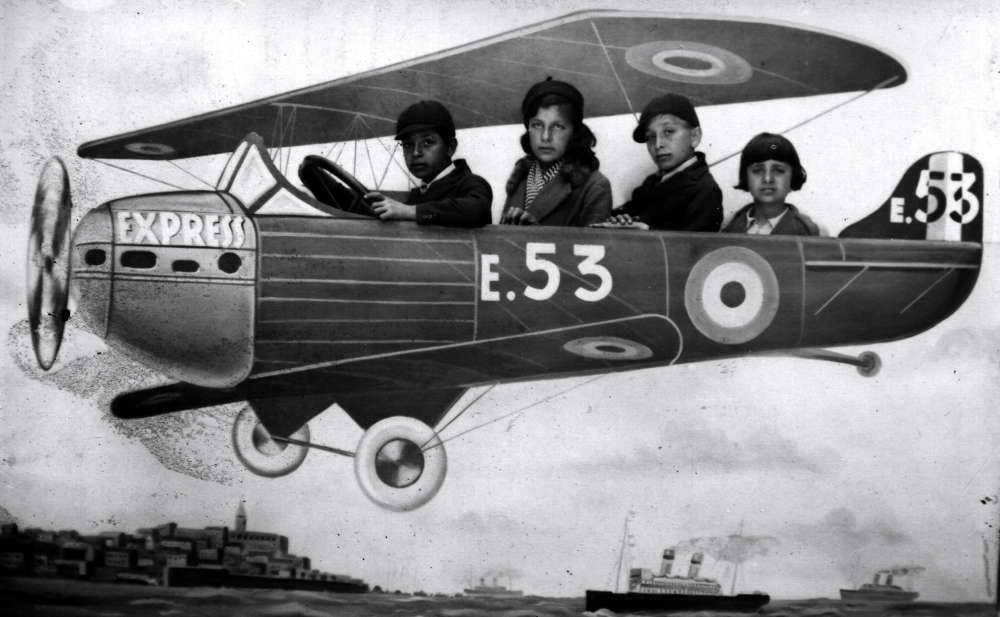
When I begin to turn each page of a family album, history is revealed, not only through the story shared, but also through the camera lens. There is a vulnerability, a certain intimacy when I look through family photos. It is a form of unfiltered oral history, and all these first-person accounts are an integral part of understanding social history.
It is through this lens that we can witness and understand people’s lives. As the curator of this online archive of photos, one of my goals is to allow the stories of Palestinians to be told through old black and white photos, lest they be forgotten, and to preserve Palestinian history for generations to come.
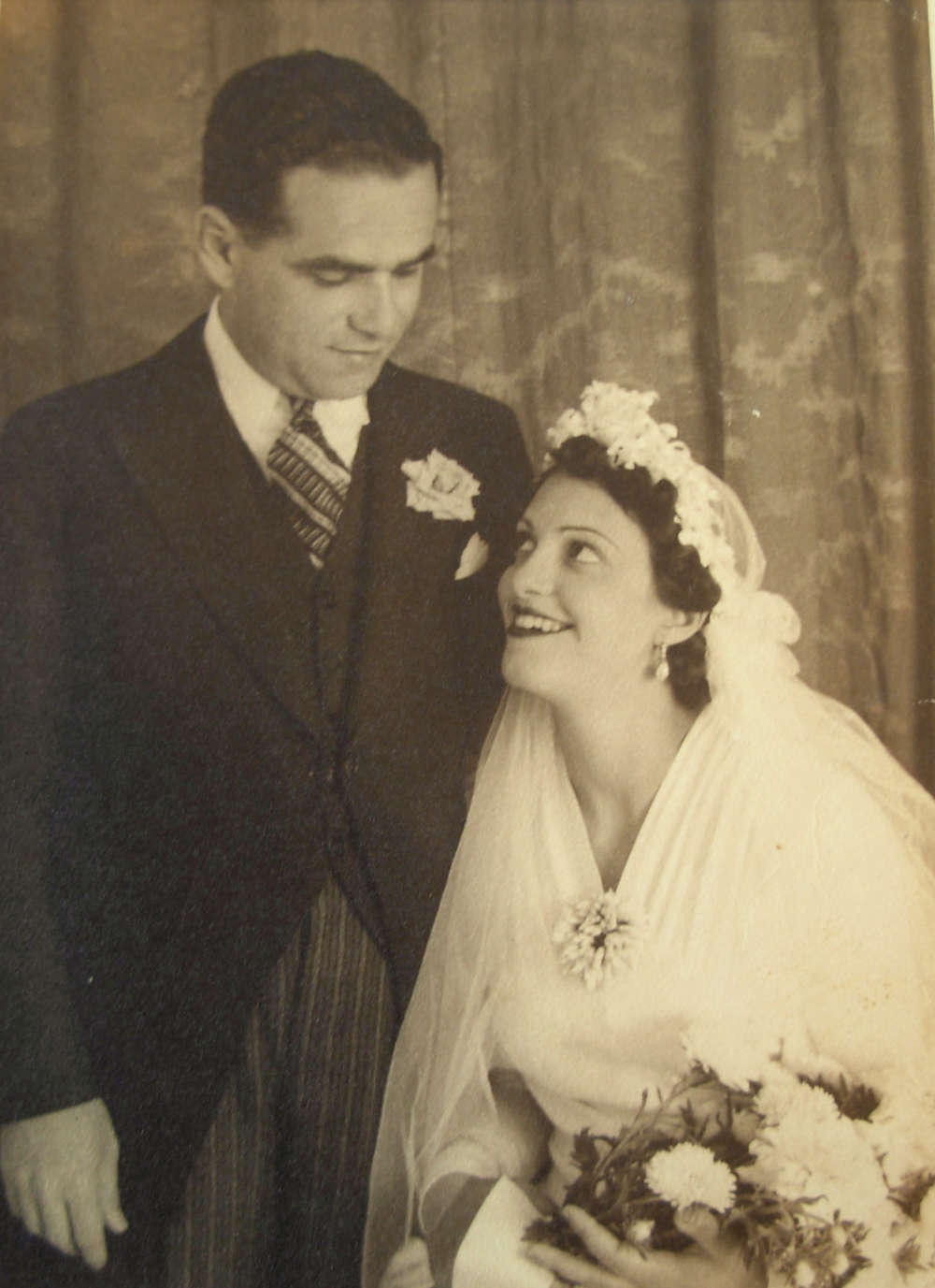
Source: Diana Safieh.
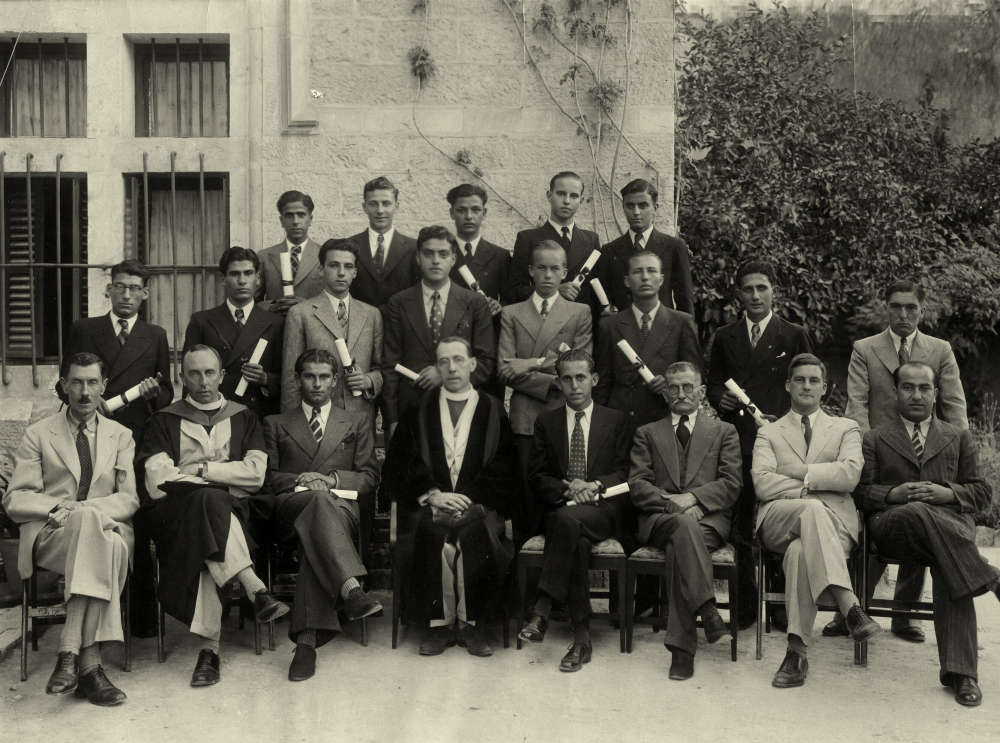
Vice-Principal L.D. Cooke, and Bishop Graham Brown, Khalil Beidas, the language teacher, and some of the students, Costi Deidis, Alfred Farradj, Adon Kalbian, Lutfi Yusef, Elias Nassar, and Larson Milky.
Source: Alfred Farradj.
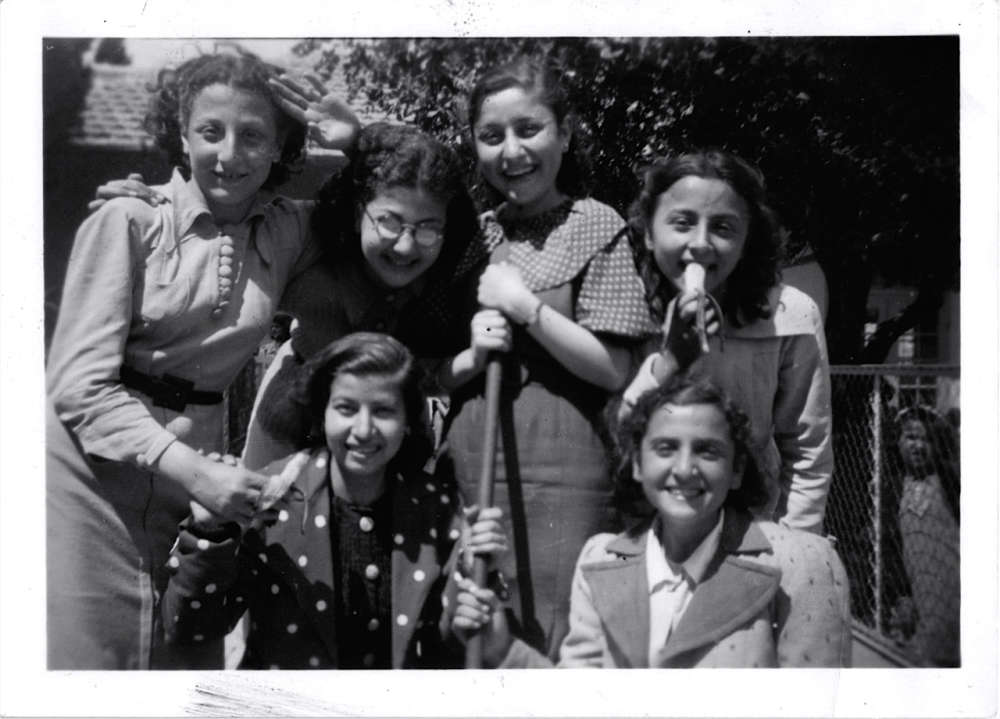
Source: Mary Hanania Regier.
